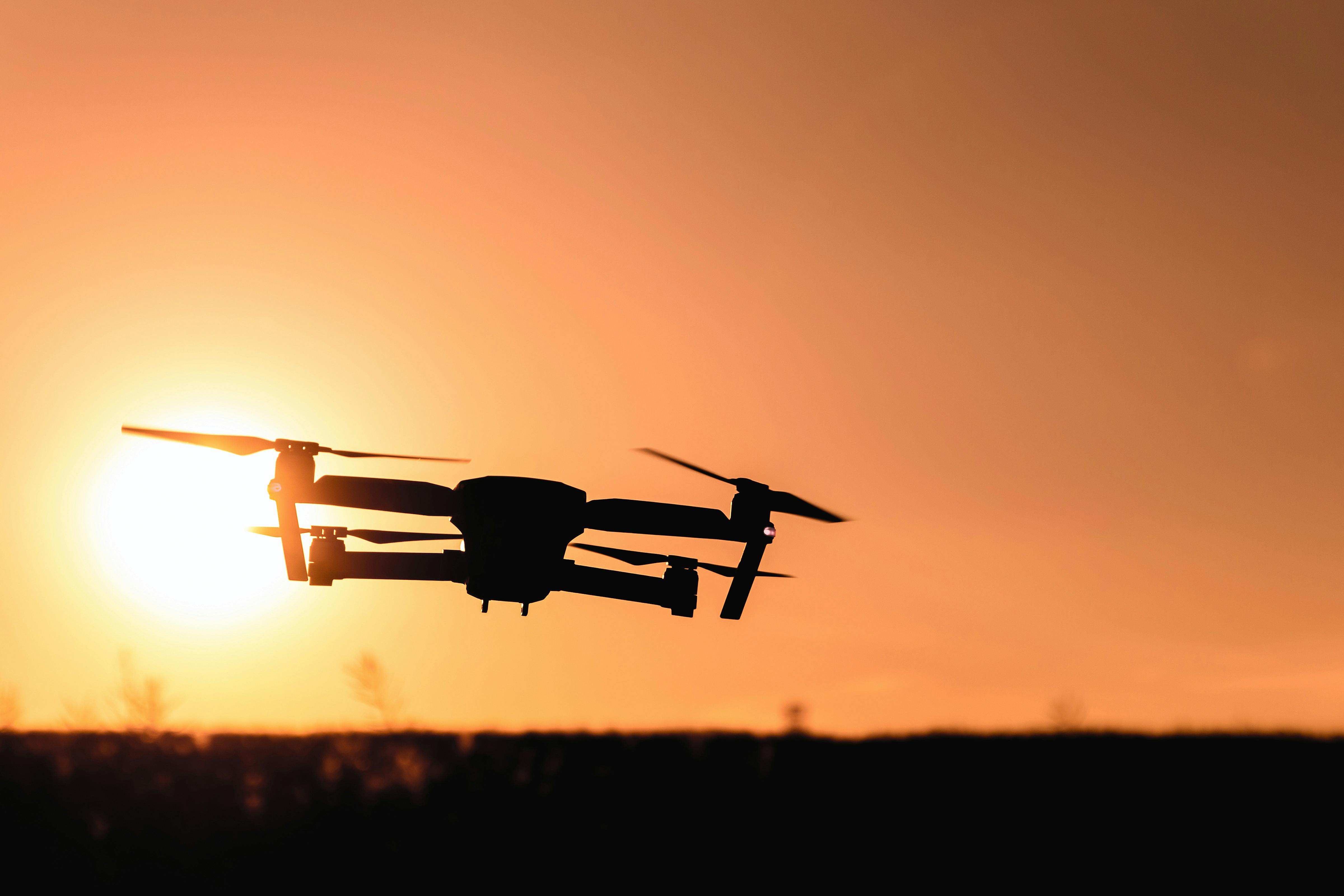Unveiling the Potential of Telecommunication Drones: A New Horizon for Connectivity
The new age of internet and telecom is taking to the skies. As the world becomes more connected, telecommunication drones are emerging as a remarkable solution to the complex challenge of global connectivity. These unmanned aerial vehicles (UAVs), equipped with cutting-edge communication technology, are redefining the possibilities of network coverage and internet accessibility.

Background: Telecommunication Drones
The concept of using drones for telecommunications is not entirely new. As early as the 1980s, experimental UAVs were used for military communications. However, the exponential growth of drone technology in the past decade has opened up new possibilities. Combined with advances in mobile connectivity, telecommunication drones are now capable of providing high-speed internet to even the most remote corners of the world.
Current Industry Trends and Developments
Telecommunication drones have gained significant attention in recent years, with tech giants and startups alike exploring their potential. For instance, Alphabet’s Project Loon and Facebook’s Aquila aimed to provide internet access to remote areas using high-altitude balloons and solar-powered drones respectively. Though both projects have been discontinued, they brought to light the potential of aerial telecom solutions.
Meanwhile, regulatory bodies worldwide are working on guidelines for drone operations, considering factors like air traffic control, safety, and privacy.
Impact and Applications of Telecommunication Drones
The impact of telecommunication drones is far-reaching. Besides providing internet access in remote areas, they can also be used for disaster recovery. In the aftermath of a natural disaster, when ground infrastructure may be damaged, drones can quickly restore connectivity, aiding in rescue operations and communication.
Moreover, telecommunication drones can be deployed for temporary coverage at large events or in areas with sudden high demand. They may also play a significant role in the future of smart cities, where seamless connectivity will be paramount.
Challenges and Future Prospects
Despite the immense potential, telecommunication drones face several challenges. These include technical issues, like battery life and payload capacity, as well as regulatory hurdles. Furthermore, there’s the challenge of integrating drone traffic into the existing air space.
Yet, with continuous advancements in technology and supportive regulatory frameworks, the future of telecommunication drones looks promising. They hold the potential to revolutionize the telecom sector, bringing connectivity to every corner of the globe.
In conclusion, while telecommunication drones might not completely replace traditional infrastructure, they present an exciting addition to the connectivity toolbox. As we strive towards a more connected world, these high-flying solutions could prove to be valuable allies.




